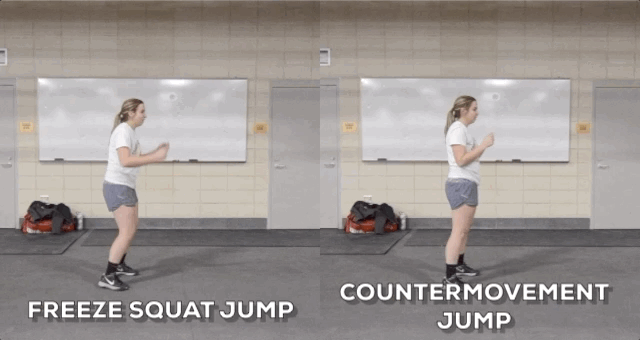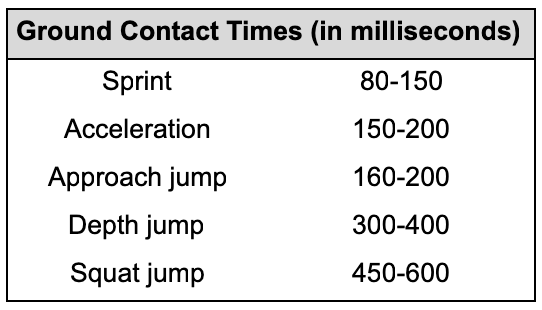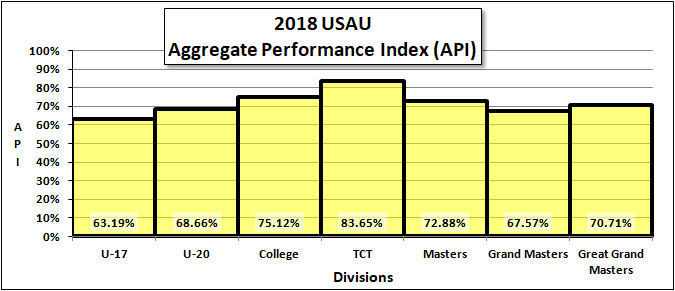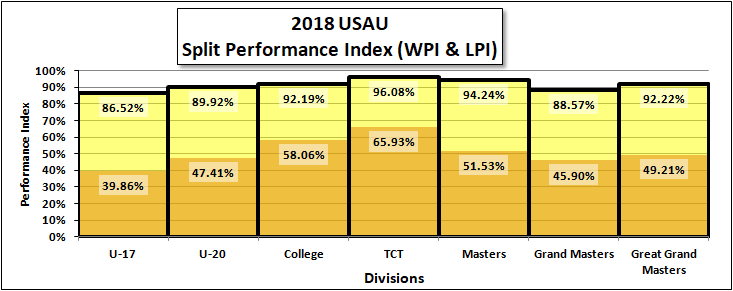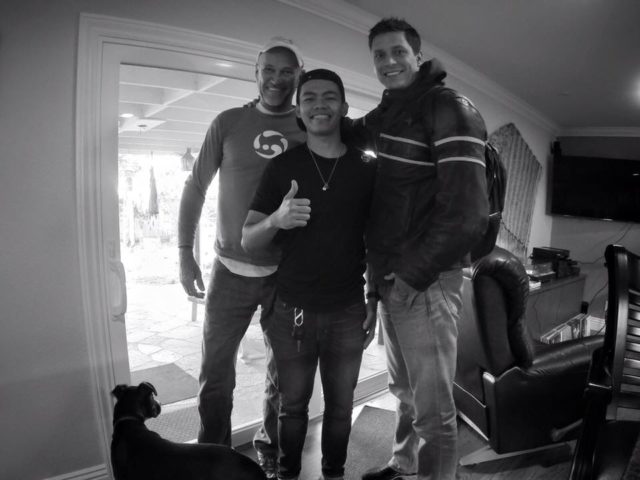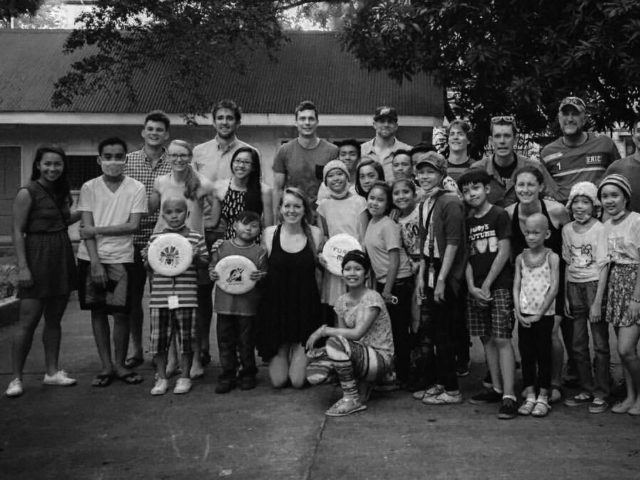Ultimate Goes to the Movies
You might think it would be enough to write a whole book about your own Ultimate career. (It’s enough! It’s enough! I hear old friends and enemies yelling.) But, as the great Samuel Johnson liked to remind us, the “hunger of the imagination” is insatiable in human beings. So now I’m at it again and this time I’ve gone and written a whole fucking movie.
Some people who read my memoir, Ultimate Glory, regarded it as fiction and got a little bent out of shape by my stories/lies. All I can say to those same people is: hold onto your popcorn. When you get to start waving around the disclaimer “Based on a True Story” things can get really interesting. It’s always irked me that I never won Nationals but now, come to think of it, maybe I did. Truth, as they say, is malleable.
The first hint that this new project might not entirely hew to the factual is that it begins in the future. You’ll be happy to know that our sport finally made the Olympics and that a mixed team of men and women is playing in the Los Angeles Memorial Stadium in the year 2028. As it turns out my daughter Hadley is in that game and has the disc with time running out and the score tied against the Japanese national team. This despite the fact that Hadley actually regards Ultimate with the same kind of amused scorn that my father once did. (When I recently tried to show off by making her watch a video of me playing Goaltimate, she rolled her eyes. “That’s the only sport I’ve ever seen that’s actually dorkier than Ultimate,” she said.)
No matter. Hadley is not Hadley in the movie but a conflation of the daughters of various friends (Dennis McCarthy, Bob Pease, Ian Hue) who actually play and seem to kind of like the sport. And as she holds the disc, and the fate of her country, in her hand she must decide whether to do what is smart and wise (dump) or wild and foolish (huck for the win.) This decision is somewhat complicated by the fact that she has me as a father. CUT TO:
INT. CHILD’S BEDROOM.
GESSNER is reading to the 8 year old HADLEY from a book, a classic scene of father and daughter at bedtime. Except that the book is Jack London’s Tales of Adventure.
GESSNER
I would rather be ashes than dust! I would rather that my spark should
burn out in a brilliant blaze than it should be stifled by rot! I would rather
be a superb meteor, every atom of me in magnificent glow, than a sleepy
and permanent planet. The proper function of a man is to live, not to exist.
I shall not waste my days in trying to prolong them. I shall use my time.
Gessner closes the book and turns to his daughter.
HADLEY
That’s nice, Dad.
GESSNER
It’s not nice Hadley. It’s great.
HADLEY
That’s great, Dad.
GESSNER
And what do the words mean?
Hadley smiles. She knows the answer to this one.
HADLEY
Throw deep.
EXT. LOS ANGELES MEMORIAL STADIUM.
The stadium is full and the crowd is roaring. There are only twenty seconds left and Hadley still has the disc. A receiver is open deep. Kind of.
GESSNER (AT TOP OF HIS LUNGS)
Let it rip, Hadley!
There is no way his daughter can hear her father in that raucous stadium. But it’s as if she does. Her eyes light up with the same strange wildness as her father’s. She pulls back and lets the Frisbee rip with all her might. The Frisbee flies toward the endzone.
GESSNER (CONT’D)
That’s it…
Every eye in the stadium follows the disc. It hovers high above the endzone for what seems like minutes as the clock ticks down to zero. The stadium holds its breath. We hear the first chords of the Clash song, “Death or Glory.”
GESSNER (V.O.)
And there it was. As if I was living my own life all over
again. It was all on the line and Hadley had done it. She
had hucked her life deep and now she would see if someone
would catch it.
Close up of the disc hovering above the players as they run below it.
GESSNER (V.O.)
The result would be up to fate. It would be death or glory…
The guitars of the Clash are churning now. The disc hovers. The whole stadium waits for it to descend. The camera lifts upward above the disc, above the stadium to the clouds, then up to moon and stars. A meteor burns across the sky. It is, not incidentally, a superb meteor.
MOVIE TITLE: ULTIMATE GLORY.
Though this hasn’t happened yet, and likely never will–unless they finally grant us Olympic status and Hadley undergoes a conversion on the level of Martin Luther’s–it seems a fun way to frame a movie that is really, in the end, about trying and failing. I’ve always been a sucker for the few sports movies (think Tin Cup) where the hero does not win in the end. T.S. Elliot said it better than I ever could: “For us there is only the trying.”
One of things I like about writing a film is that you can pilfer from other lives in a way you really can’t in memoir. Like a magpie constructing its nest out of the shiny and the stolen, you take what works and what looks good. Just from the brief scene I pasted above you can see I ripped off a whole team (DOG) and gave my daughter a line that Kenny Stabler actually said.
Of course the entire project is a huck deep in many ways. The actor Dennis Leary, who like me hails from Worcester, MA, showed some early interest in the book as a movie but that dried up pretty fast. It may well be that my ultimate career will serve as a metaphor for my movie career, and that having fun along the way—and this thing sure was fun to write– is all I’ll have to show for it.
Or maybe not. Maybe someone will catch this particular huck. Who knows? Anything is possible.
Now if only there were a movie producer with some connection to Ultimate…
 3. The Andy: Equal Opportunity Awesome
3. The Andy: Equal Opportunity Awesome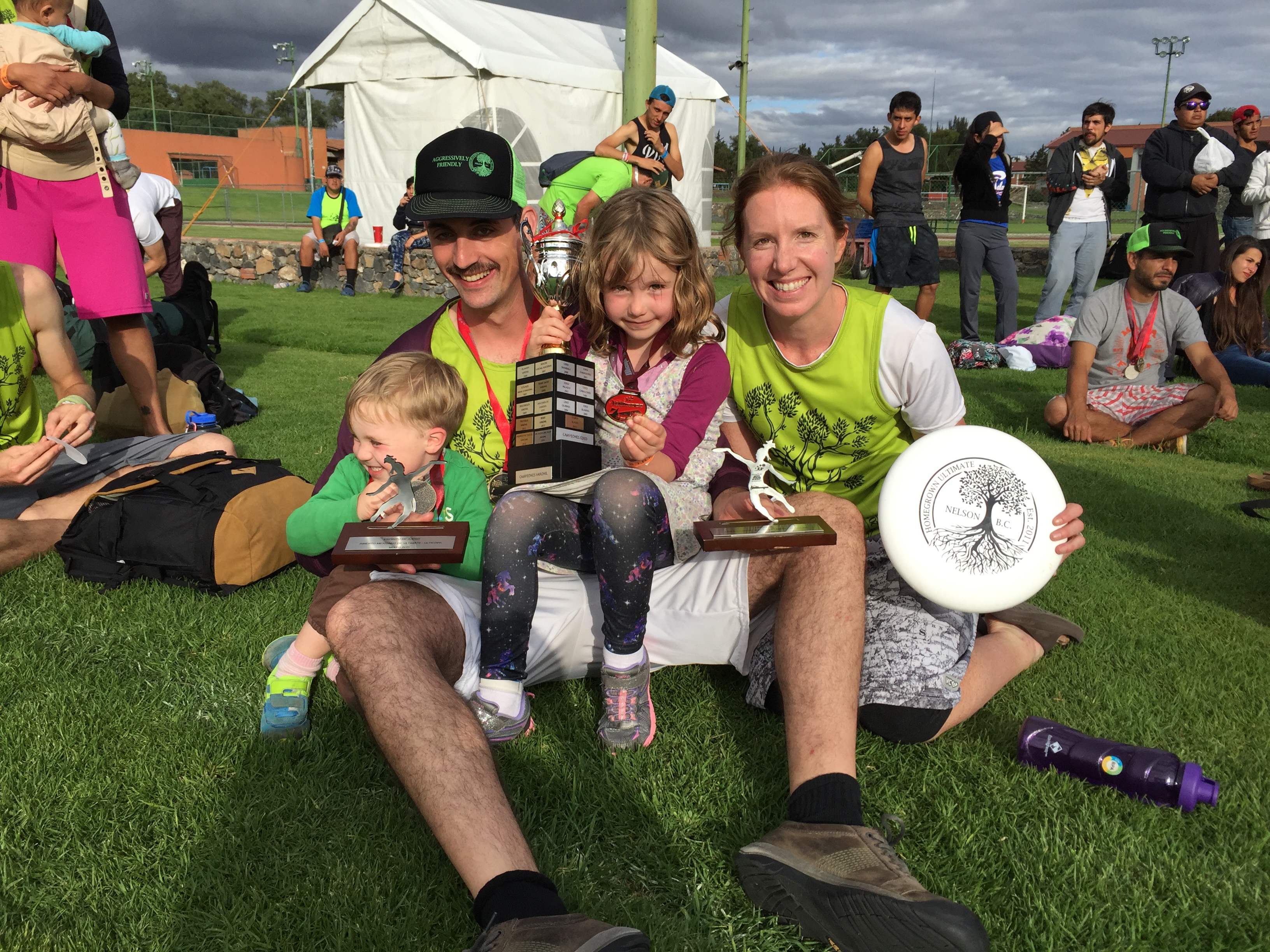
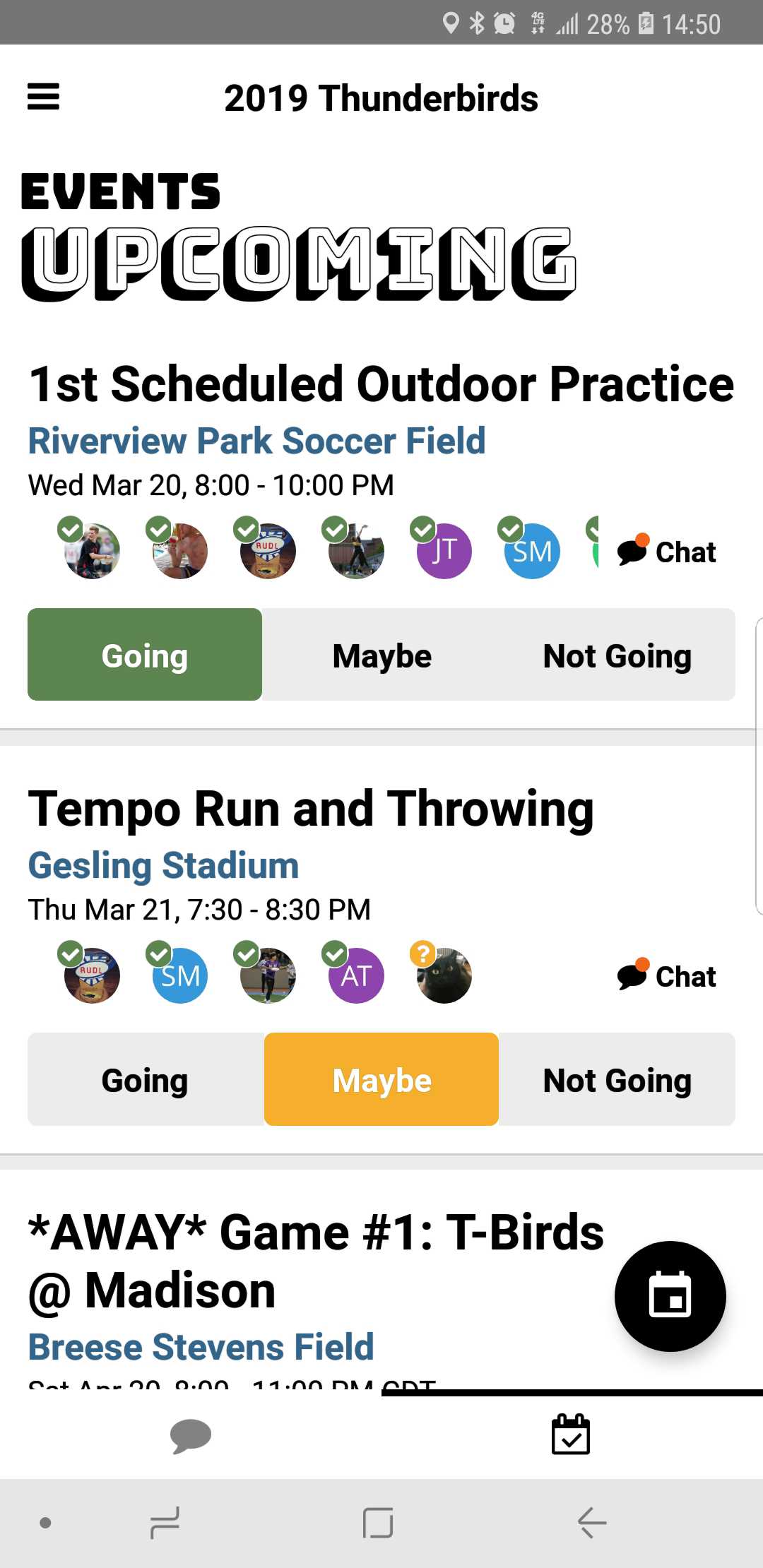
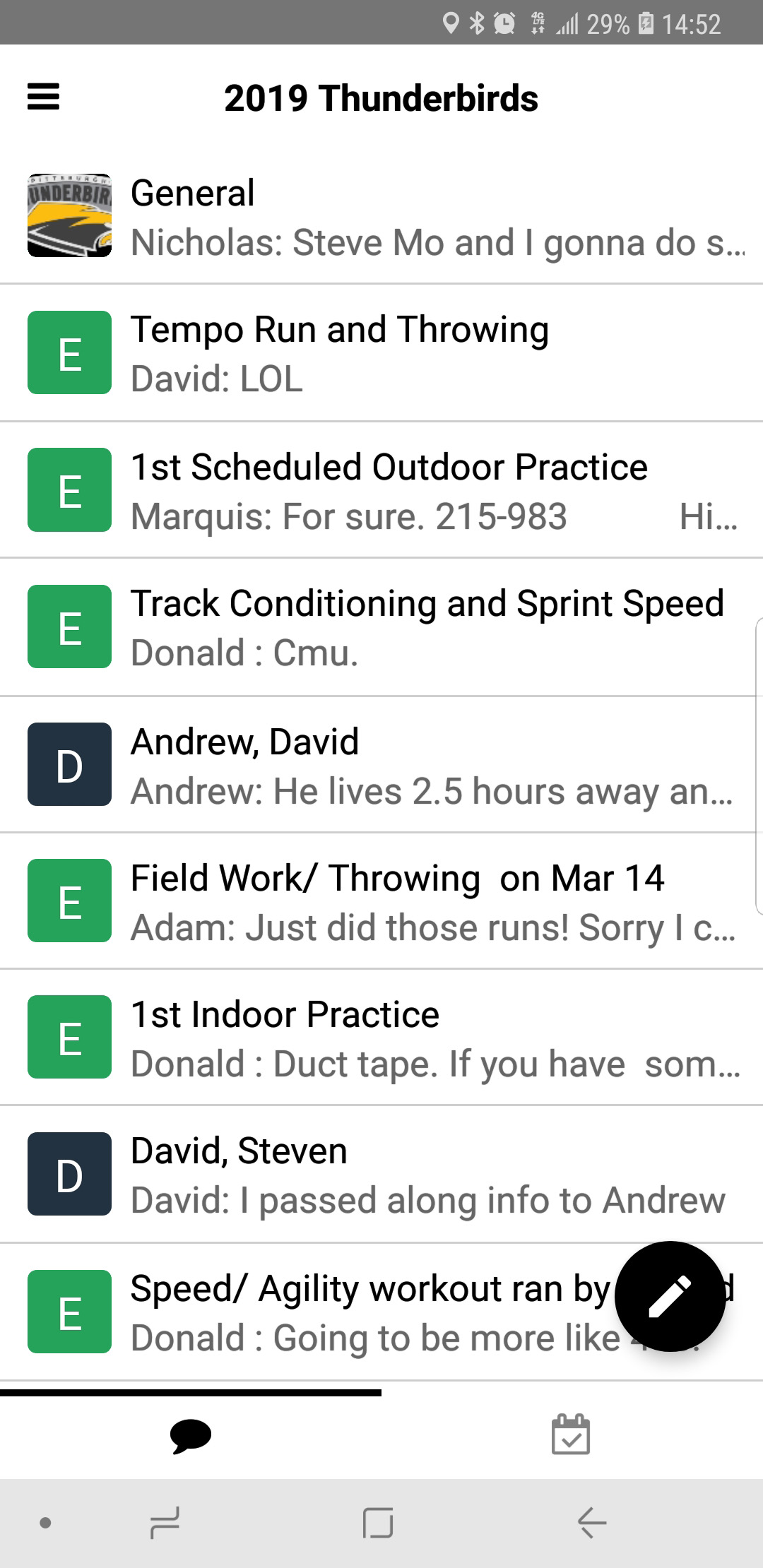
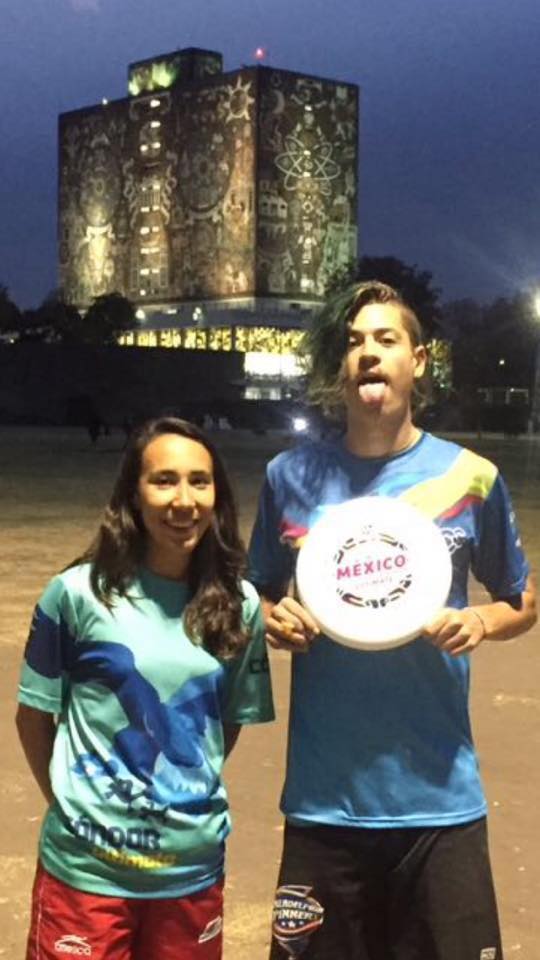
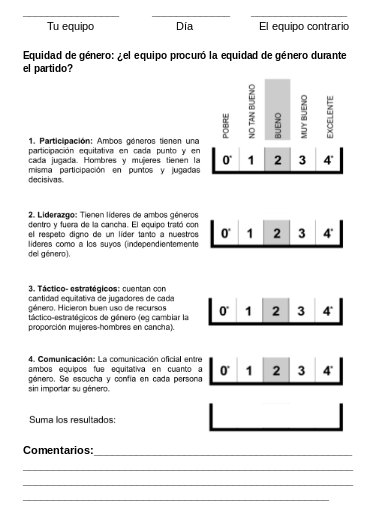 For the first tournament of the year, we included in the tournament’s manual a set of examples for every grade (0-4) in the gender equity pillar following WFDF’s format for the 5 original pillars. We also wrote and printed out a complementary text to introduce the experiment, including a brief definition of gender equity. It offered a general overview of the proposal and its objectives, encouraging players to take it seriously while also stressing the experimental nature of it and openly inviting feedback. We tried to go over these materials to clear doubts in a poorly attended Spirit Captains meeting
For the first tournament of the year, we included in the tournament’s manual a set of examples for every grade (0-4) in the gender equity pillar following WFDF’s format for the 5 original pillars. We also wrote and printed out a complementary text to introduce the experiment, including a brief definition of gender equity. It offered a general overview of the proposal and its objectives, encouraging players to take it seriously while also stressing the experimental nature of it and openly inviting feedback. We tried to go over these materials to clear doubts in a poorly attended Spirit Captains meeting